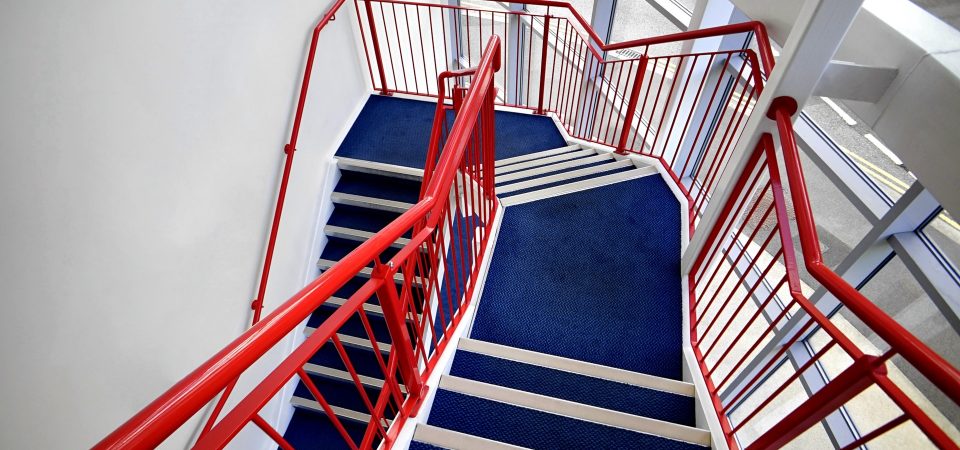Osteoarthritis (OA) of the knee and hip is the most common chronic condition affecting patients over the age of 70. It is estimated that in adults over the age of 30, up to 6% of adults are symptomatic of knee arthritis and around 3% are symptomatic of hip arthritis. The prevalence of osteoarthritis increases with age, and with an aging population, the effect of this disease will represent an ever-increasing burden on health care.
Osteoarthritis of the hip and knee is the most common cause of difficulty in walking. It has a huge impact on the economy, with absence from work and early retirement exceeding 2% of the gross domestic product. It is estimated that over 1 million total hip replacements are performed worldwide each year, and in Canada and the United States alone it is predicted that between 1995 and 2020 an additional 19 million people a year will be affected by arthritis.
When the biomechanics of the hip and knee joint are altered or overused, the joint becomes more prone to the changes of osteoarthritis. Anatomical variants in hip morphology in the population have been linked to the development of osteoarthritis.
Obesity, previous knee injury, and sports activity have been shown to be risk factors for the incidence but not disease progression of OA of the knee. In the Western world up to 23.6% of men and 23.8% of women are regarded as obese. Both men and women with a BMI > 28 have been found to be 1.7 times more likely to have hip OA than those with a BMI < 24.5 . Occupational habits are also known to be a risk factor, with the risk of knee OA significantly elevated in those whose job involves more than 30 minutes per day squatting, kneeling, or climbing stairs, with one study finding the prevalence rate of osteoarthritis in female cleaners over six times higher than expected. The impact of sports activity and previous injury has also been shown to be a risk factor for developing OA. In a group of retired England football players, 51% of players who retired through a football related injury were diagnosed with lower-limb OA compared with 25% of players who did not retire through injury. A recent technological breakthrough has allowed patients with hip and knee OA to achieve a remarkable improvement in their lifestyle. Without the KeegoTM device, patients had a difficult time moving their legs, had to stop when taking stairs from exhaustion, had a difficult time picking up objects from the floor, exerted strenuous effort, when getting up from a chair to walk down the hall. Same patients wearing a KeegoTM device were able to achieve healthy movement patterns during several clinical trials. These same patients were able to walk about quicker, had no trouble walking up or down the stairs, picked up objects from the floor with little effort, and were able to easily sit down, and get up from the seat without propping themselves up with their hands.


